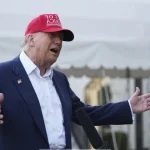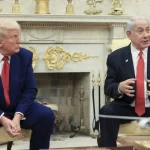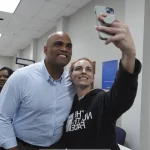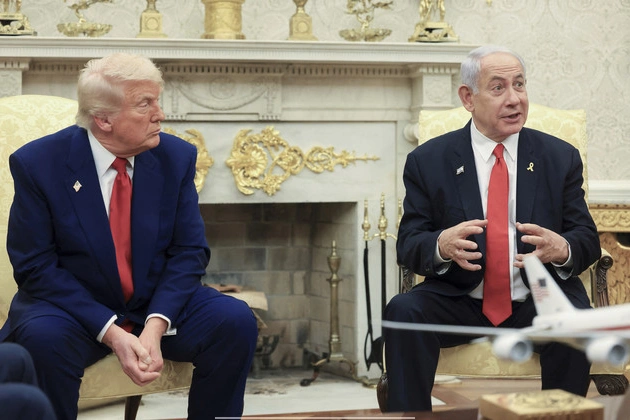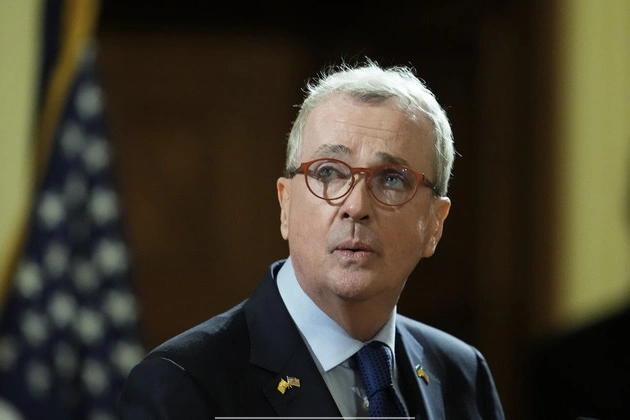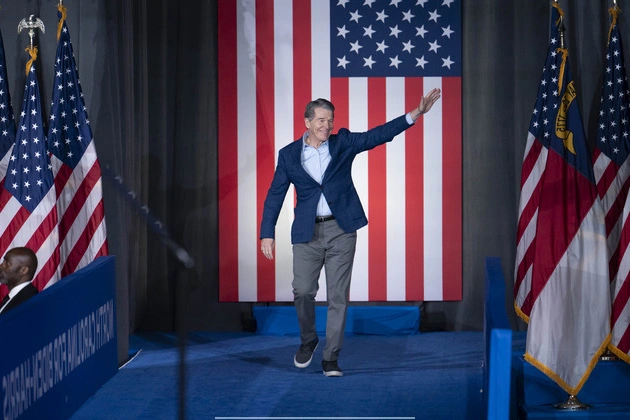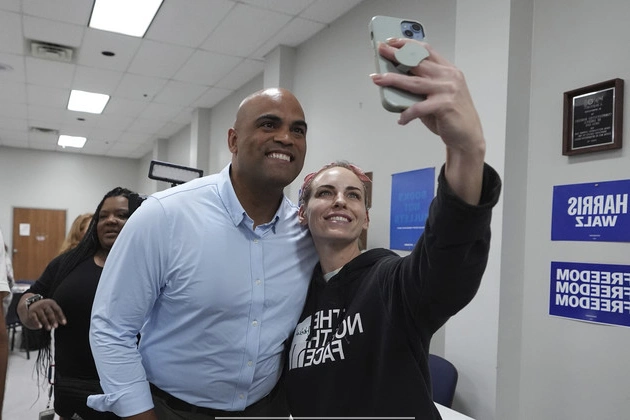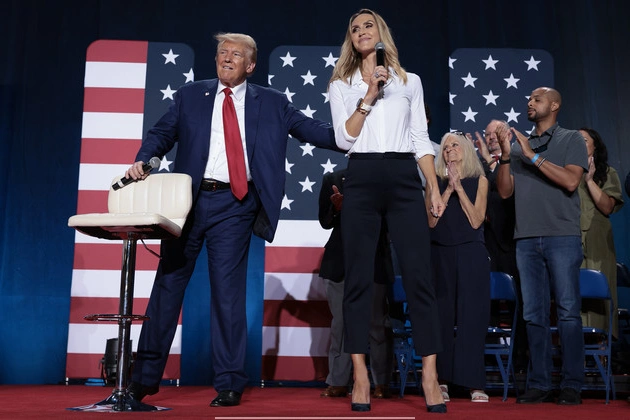
In the midst of a legislative battle over electric vehicle (EV) tax credits, automakers find themselves divided, impacting the stance of a powerful trade group. The Senate’s consideration of major rollbacks to EV and manufacturing tax credits has brought to light internal disagreements among industry players.
Internal Struggles at the Alliance for Automotive Innovation
The Alliance for Automotive Innovation, representing major automakers and suppliers, has refrained from publicly supporting the House-passed budget reconciliation bill. This bill includes significant cuts to incentives that automakers had been relying on to fuel their investments in EV and battery factories nationwide.
Previously, the trade group vehemently defended these credits in the Democrats’ climate legislation, citing concerns about U.S. competitiveness and national security in light of China’s dominance in EV manufacturing.
However, internal discord has prevented the Alliance from presenting a unified front on key issues, particularly surrounding a crucial tax credit linked to EV battery production.
Implications of the House-Passed Megabill
The House’s megabill proposes to phase out the $7,500 consumer EV tax credit and restrict the eligibility of leased EVs for the credit by year’s end. Additionally, stringent restrictions on the advanced manufacturing production credit, known as 45X, have raised concerns among industry stakeholders.
While most automakers are advocating for a relaxation of the 45X restrictions, General Motors stands apart by supporting them. The company views the restrictions as aligning with its current supply chain setup, emphasizing its commitment to domestic manufacturing.
General Motors’ endorsement of the House language contrasts with the stance of other automakers, who believe the new restrictions go too far.
Industry Perspectives on Foreign Entity Restrictions
The foreign entity restrictions embedded in the House bill have drawn mixed reactions from industry leaders. Ford Motor Co.’s Bill Ford expressed concerns about the impact of these restrictions on the company’s battery plant in Michigan and the jobs it sustains.
International automakers, including Volkswagen Group of America and Mercedes Benz, have voiced challenges in complying with the complex language of the 45X restrictions. Calls for revisions to the Senate language underscore the industry’s push for clarity and feasibility in the regulatory framework.
GM’s Strategic Positioning
Despite criticisms from industry peers, General Motors remains steadfast in its support for the House provisions. The company’s investments in battery production and plans for further expansion signal a long-term commitment to strengthening the U.S. battery supply chain.
GM’s proactive measures to enhance its North American battery content underscore its vision for a resilient domestic industry and sustainable future.
Conclusion
The current rift within the automotive industry highlights the challenges of achieving consensus on crucial policy matters. As automakers navigate the evolving regulatory landscape, their divergent positions underscore the complexity of balancing competitiveness, innovation, and regulatory compliance.
For the Alliance for Automotive Innovation and its members, resolving internal differences and presenting a cohesive message to legislators will be pivotal in shaping the industry’s trajectory amidst transformative policy shifts.
